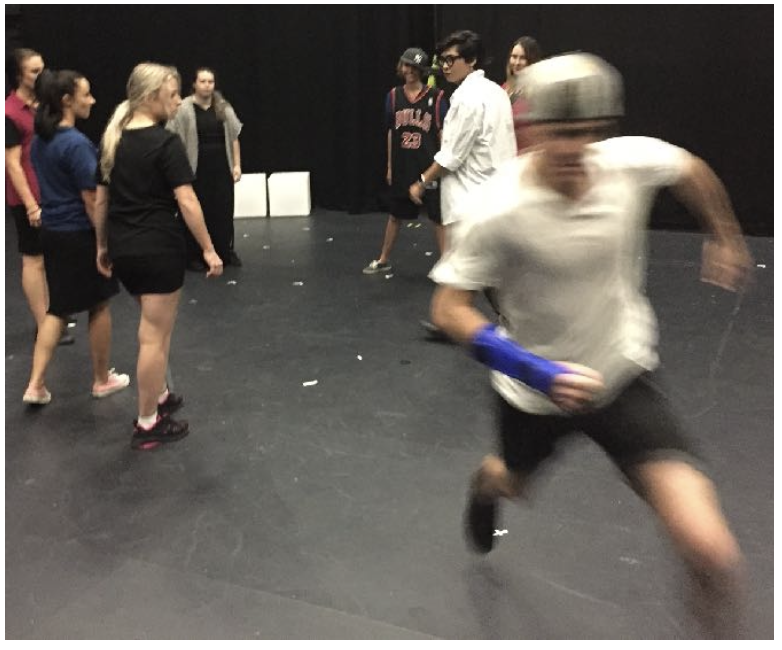Music Monday - The Bassarids
/The Bassarids
Music Drama in One Act by Hans Werner Henze
Berlin
On a recent brief visit to Berlin we wanted to see at least one piece of theatre and hear some music. In the end we got both on one ticket at The Bassarids; ironically at the Komische Oper, (ironic since there was nothing comic about what we saw). However, what we did experience was a powerful piece of opera, and along the way made some interesting observations about the differences between our theatre-going experiences in Australia and our night out in Berlin.
The Bassarids was written in 1966 by Hans Werner Henze with libretto by WH Auden and Chester Kallman. It is inspired by Euripides’s “The Bacchae” and it is sing in English (with that very rounded form of the language often heard in opera.)
This production has been directed by Barrie Kosky.
It is a complex and gruesome story concerning the conflict between Pentheus, newly appointed king of Thebes, and the god Dionysus; and Pentheus’s subsequent murder at the hands of Dionysus’s intoxicated followers (including Pentheus’s mother, Agave). These intoxicated followers of Dionysus are the Bassarids. It has been described as a drama of extremes.
We were lucky enough to get reasonably priced tickets on the day of the performance. Our seats were in a centrally placed box in the part of the theatre we would call the dress circle. We assumed that ticket sales were not going well and were therefore surprised to find the theatre almost full.
The performance ran for 2.5 hours without interval. Would an Australian audience cope with that?
We counted over 60 musicians, both in the orchestra itself and in other parts of the theatre and on stage. Would any Australian theatre budget cope with this?
The chorus numbered more than 100 – with the majority involved in movement on a heavily raked stage. Quite a physical and vocal challenge. And again, an indication of a healthy budget.
The soloists were of a very high order indeed, both vocally and as actors.
The music is compelling, moving between moments of heart-wrenching lyricism and moments of spiky drama.
The final scene builds to a blood-soaked and horrific ending. The blood on the stage floor was discretely covered by a black mat before the bows started.
The bows went pretty much as we do here in Australia – but what we had forgotten was that in Germany, once the bows have finished and the audience keeps on applauding, they start right over again and take the bows’ sequence from start to finish once more. Only then do they move to whole company bows until the rapturous applause subsides.
As we moved out towards the foyer after an amazing night, there was one more surprise. Huge platters piled high with little single chocolate truffle boxes. And here’s the thing – in order to open the box and get to the yummy German chocolate inside, you pretty much had to read the company’s contact and social media details. Brilliant!
Professional theatre is alive and well in Berlin.





